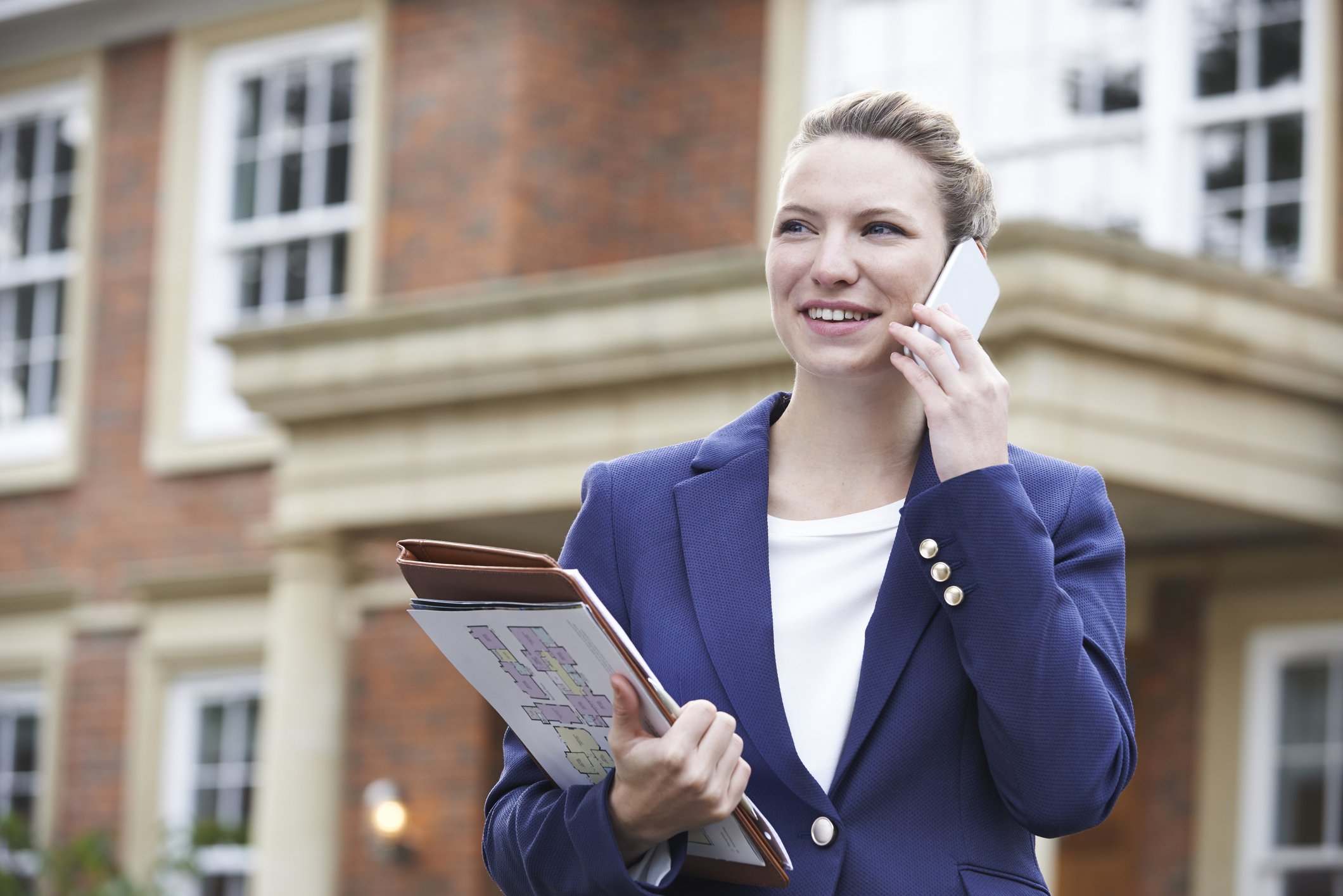Conclusion: Your Journey, Your Peace of Mind (Post 28/28 in the Series)

| Selling a home filled with memories is never just a transaction—it’s a meaningful life transition. Whether you’re downsizing, relocating, or simply turning the page to a new chapter, this workbook was designed to guide you with clarity, compassion, and confidence.
At Forevermore Homes, we understand the emotional and logistical complexities that come with selling later in life. That’s why our process is rooted in empathy, expertise, and excellence. From preparing your home to managing every detail through closing, we’re here to ensure your experience is smooth, respectful, and tailored to your unique needs. We encourage you to take your time, ask questions, and lean on the professionals who are committed to your success. Whether you’re ready to move forward or just exploring your options, know that you have a trusted resource in us. Your home tells a story. Let us help you turn the page—with confidence and peace of mind. 💬 Want to hear from families we’ve helped? Visit ForevermoreHomes.com/testimonials to read their stories. The Forevermore Homes Team of Coldwell Banker is honored to walk alongside seniors and their families during one of life’s most meaningful transitions. |
Understanding Agent Compensation (Post 27/28 in the Series)

| At Forevermore Homes, we believe in transparency and value. By now, you’ve seen the depth of care, strategy, and professionalism we bring to every listing. Our goal is to earn your trust—and your confidence that we’re worth every penny of the compensation you choose to offer.
Listing Agent Commission
This isn’t just about putting a sign in the yard—it’s about delivering results with care and precision. Buyer’s Agent Compensation
If you don’t offer compensation upfront, buyers may reduce their offer or ask you to cover their agent’s fee. Either way, the cost often comes from your proceeds—so offering it proactively can give you a strategic edge. Next up: We’ll wrap up your journey with a heartfelt reflection on what it means to sell your home with confidence and peace of mind. 👉 Download your complimentary copy of the Selling Your Home with Confidence and Peace of Mind workbook here: https://forevermorehomes.com/resources The Forevermore Homes Team of Coldwell Banker is committed to delivering exceptional value and guiding seniors and their families with clarity, care, and confidence. |
The Role of a Professional Move Manager (Post 26/28 in the Series)

| Downsizing and relocating can be emotionally and physically overwhelming—especially for seniors. That’s where a Senior Move Manager comes in. These specialized professionals offer more than just packing services—they provide compassionate guidance, logistical coordination, and hands-on support tailored to your unique needs.
A Move Manager can:
Why Use a Professional?
Coordination Is Key 👉 Download your complimentary copy of the Selling Your Home with Confidence and Peace of Mind workbook here: https://forevermorehomes.com/resources Next up: The Forevermore Homes Team of Coldwell Banker is proud to collaborate with trusted Move Managers to support seniors and their families through every step of the journey. |
Creating an Action Plan and Timeline (Post 25/28 in the Series)

Selling your home is a major life transition—and success starts with a clear, customized action plan. At Forevermore Homes, we treat this plan as more than a checklist. It’s a strategic roadmap that keeps everyone aligned, accountable, and moving forward with confidence.
Your plan should include:
- Every task involved in preparing, listing, and selling your home
- Who is responsible for each task (you, your Forevermore Homes SRES®, or other professionals)
- Target completion dates to stay on track
We recommend reviewing the plan weekly with your core team—and even more frequently as closing approaches. These check-ins help prevent last-minute surprises and ensure nothing falls through the cracks.
Why Moving Before Listing Can Be a Game-Changer
If it’s financially feasible, moving out before listing your home can reduce stress and improve results. Benefits include:
- Easier showings and inspections
- Better presentation and staging
- Faster repairs and cleaning
- Emotional relief from juggling two major transitions
This approach often leads to a quicker sale at a higher price—and a smoother experience for senior homeowners.
👉 Download your complimentary copy of the Selling Your Home with Confidence and Peace of Mind workbook here: https://forevermorehomes.com/resources
Next up: Discover how a Senior Move Manager can ease your transition and provide hands-on support every step of the way.
The Forevermore Homes Team of Coldwell Banker is here to help you build a thoughtful, well-paced plan that supports your goals and honors your journey.
The Professionals Behind the Sale (Post 24/28 in the Series)

Selling your home—especially as a senior—is more than just a transaction. It’s a life transition that requires thoughtful coordination, trusted relationships, and expert guidance. At Forevermore Homes, we bring together a team of professionals who work in harmony to make your experience smooth, successful, and stress-free.
Your Forevermore Homes SRES® (Senior Real Estate Specialist) serves as your single point of contact, orchestrating every detail from listing to closing. We coordinate with:
- The Buyer’s Realtor
- Legal & Financial Professionals: Attorneys and lenders
- Home Preparation Specialists: Stagers, landscapers, contractors, and cleaners
- Inspection & Compliance Experts: Inspectors, appraisers, and fuel suppliers
- Transition Support Services: Senior move managers, estate sale teams, movers, and junk haulers
We don’t expect you to manage all this alone. Our team identifies who’s needed, schedules services, tracks deadlines, and keeps you informed every step of the way.
With meticulous planning and compassionate support, we help you achieve the highest sale price with the least stress—so you can move forward with confidence and peace of mind.
👉 Download your complimentary copy of the Selling Your Home with Confidence and Peace of Mind workbook here: https://forevermorehomes.com/resources
Next up: Learn how a personalized action plan and timeline can keep your sale on track and reduce stress.
The Forevermore Homes Team of Coldwell Banker is proud to serve seniors and their families with warmth, professionalism, and expert coordination.
Step 18: The Final Steps Before Closing (Post 23/28)

| As your closing date approaches, the final details come together quickly. This phase is all about coordination, communication, and making sure everything is in place for a smooth transition.
Here’s what to expect:
With our guidance, these final steps are handled with care and precision—so you can close with confidence and peace of mind. 👉 Download your complimentary copy of the Selling Your Home with Confidence and Peace of Mind workbook here: https://forevermorehomes.com/resources Next up: Meet the professionals who work behind the scenes to make your home sale smooth, successful, and stress-free. The Forevermore Homes Team of Coldwell Banker is here to support seniors and their families through every detail of the home-selling journey. |
Step 17: Getting Through the Mortgage Contingency (Post 22/28 in the Series)

A mortgage contingency is a key clause in your real estate contract. It means the buyer must secure financing within a set timeframe for the sale to proceed. If they’re unable to obtain a loan, they can cancel the contract—usually without losing their deposit.
This clause protects both parties. It ensures the buyer is actively working to secure financing and helps avoid last-minute surprises that could derail the transaction.
When a buyer submits an offer, they include a pre-approval letter. But not all pre-approvals are created equal. That’s why our team goes beyond the paperwork—we contact the lender directly to verify the strength of the buyer’s financing.
We ask:
- What documents were reviewed?
- Has credit been pulled?
- Are income and assets verified?
- Are there any red flags?
This due diligence helps protect your sale and ensures the buyer is truly ready to move forward. It’s one more way we help you sell your home with confidence and peace of mind.
👉 Download your complimentary copy of the Selling Your Home with Confidence and Peace of Mind workbook here: https://forevermorehomes.com/resources
Next up: As closing day approaches, we’ll guide you through the final steps—from utility transfers to key handoff—so you’re fully prepared for a smooth and stress-free finish.
The Forevermore Homes Team of Coldwell Banker is committed to guiding seniors and their families through every step of the sale with clarity, care, and expert advocacy.
Step 16: Understanding the Appraisal Process (Post 21/28 in the Series)

If your buyer is financing their purchase, the lender will require an appraisal to confirm that your home’s value supports the loan amount. This step typically follows inspections and is essential to moving the transaction forward.
A licensed appraiser will visit your home to assess its market value—not its condition. They’ll take photos, measure square footage, evaluate upgrades, and compare your home to similar recently sold properties in the area.
While we don’t influence the final valuation, we advocate for your home by providing accurate comps, highlighting improvements, and sharing neighborhood insights. This helps ensure the appraiser sees the full picture.
If the appraisal comes in lower than the contract price, it creates an “appraisal gap.” The buyer may cover the difference, renegotiate, or cancel the contract if protected by a contingency. We prepare for this possibility upfront by negotiating appraisal gap coverage when appropriate.
Our proactive approach helps protect your sale price and keeps the transaction on track—so you can move forward with confidence and peace of mind.
👉 Download your complimentary copy of the Selling Your Home with Confidence and Peace of Mind workbook here: https://forevermorehomes.com/resources
Next up: We’ll explain the mortgage contingency and how we monitor the progress of your buyer’s loan approval.
The Forevermore Homes Team of Coldwell Banker is committed to guiding seniors and their families through every step of the sale with clarity, care, and expert advocacy
Step 15: Managing Inspections with Clarity and Confidence (Post 20/28 in the Series)

| Once your home is under contract, the buyer will likely schedule one or more inspections to assess its condition. These inspections help buyers feel confident in their purchase—and they can influence the next steps in the transaction.
While some buyers waive inspections to strengthen their offer, most still opt for them, especially if required by their lender. Common inspections include home, radon, pest, mold, septic, well water, and chimney evaluations. On inspection day, expect the buyer’s inspector (often accompanied by the buyer and their agent) to spend 2–4 hours reviewing your home. You’ll be asked to leave during this time, and it’s important to secure pets and valuables. It’s helpful to understand what inspectors do—and don’t do. They provide a visual, non-invasive evaluation of your home’s major systems and components. They won’t open walls, move furniture, or guarantee future performance. Their findings may lead to further evaluations by specialists. After the inspection, the buyer must notify you of their decision by the contingency deadline. They may request repairs, credits, or proceed without changes. In rare cases, serious issues may lead to renegotiation or withdrawal. Our team monitors every step, helping you respond strategically and keeping the transaction on track—so you can move forward with peace of mind. 👉 Download your complimentary copy of the Selling Your Home with Confidence and Peace of Mind workbook here: https://forevermorehomes.com/resources Next up: Learn how the appraisal process works and how we advocate for your home’s value every step of the way. The Forevermore Homes Team of Coldwell Banker is here to guide seniors and their families through every detail of the home-selling process with care, clarity, and confidence. |
Step 14: Contract Date – Moving Forward with Confidence (Post 19/28 in the Series)

Congratulations—your home is officially under contract! This is a major milestone in your journey, and it marks the beginning of the final phase of your sale. At this stage, our team shifts into high gear to ensure everything proceeds smoothly and efficiently.
We immediately send the signed contract to your real estate closing attorney, so they can begin preparing the legal and financial documents. We also share contact details for the buyer’s attorney and lender to streamline communication.
Behind the scenes, we’re actively coordinating with the buyer’s agent to ensure inspections are scheduled within the agreed-upon timeframe. We monitor deadlines, facilitate document exchanges, and address any issues quickly and professionally.
Our goal is to keep the process moving forward with minimal stress—so you can focus on your next chapter with peace of mind.
👉 Download your complimentary copy of the Selling Your Home with Confidence and Peace of Mind workbook here: https://forevermorehomes.com/resources
Next up: We’ll walk you through what to expect during the inspection process—and how to stay calm, informed, and prepared.
The Forevermore Homes Team of Coldwell Banker is here to guide you every step of the way, with warmth, expertise, and a deep understanding of the unique needs of seniors and their families.


 Facebook
Facebook
 X
X
 Pinterest
Pinterest
 Copy Link
Copy Link

